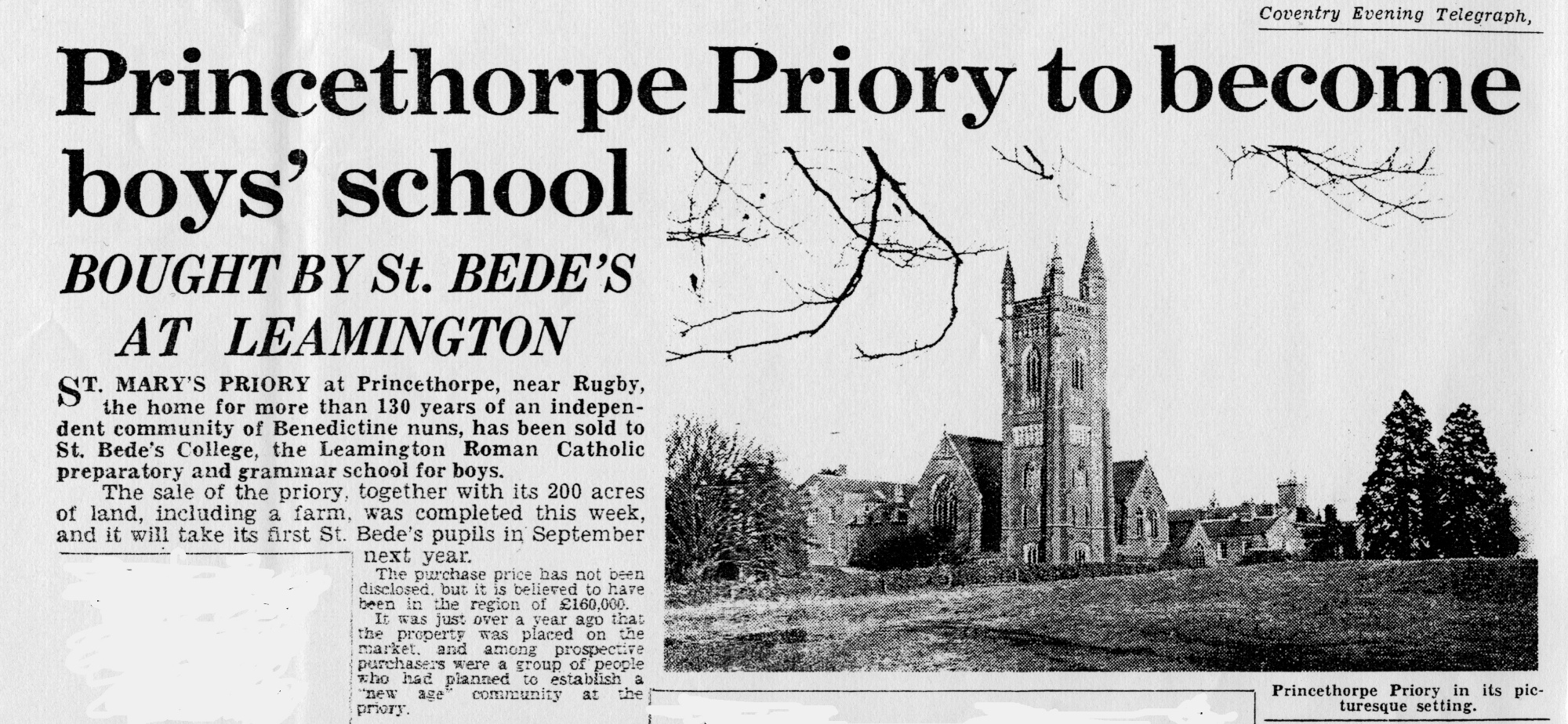Old Princethorpians is our thriving and popular past pupils' association. We aim to keep past pupils, parents and staff in touch and to foster links with the school, particularly in terms of networking, university support and careers guidance.
We have an established annual programme of social events including the popular pub meets, locally and in London, the annual OPs Summer Supper Reunion, and the OPs vs College Sports Day just before term begins in September.
Alumni of all the schools and heritage schools associated with the Princethorpe Foundation, St Mary’s Priory, St Bede’s, St Joseph’s Convent School, Crackley Hall, Abbotsford School and Crescent School are welcome to get involved with our programme of activity and have their own dedicated events from time to time.
To keep up to date with the latest news and events and to network and reconnect with old friends and teachers visit Princethorpe Connect our online alumni community. Here you can sign up for events, access careers advice, order merchandise through our online shop and if you create an online profile you are able to access exclusive content including photographs and archive material. You’ll also receive our termly e-newsletter, The Old Princethorpian, which features alumni news and updates from across the generations.
We love hearing your latest news and would encourage everyone to get involved and stay connected!

